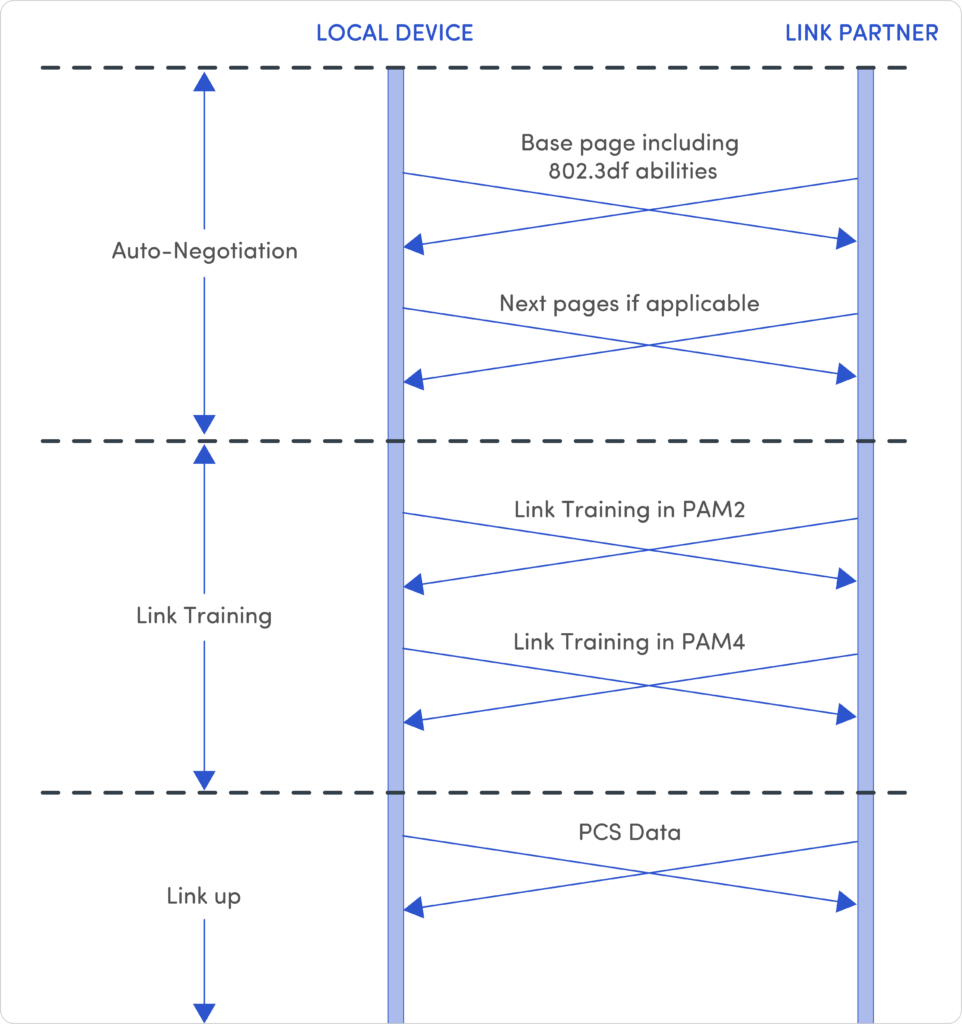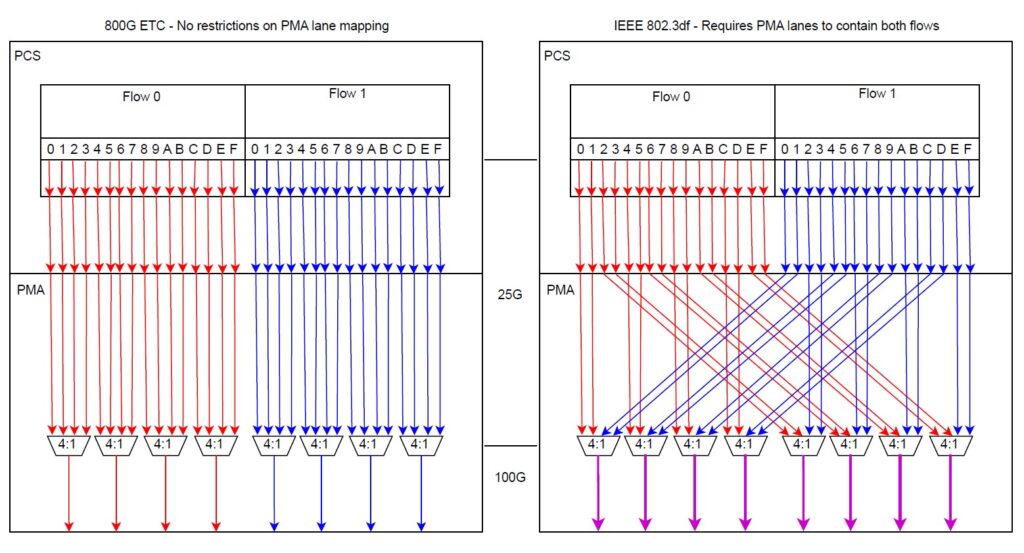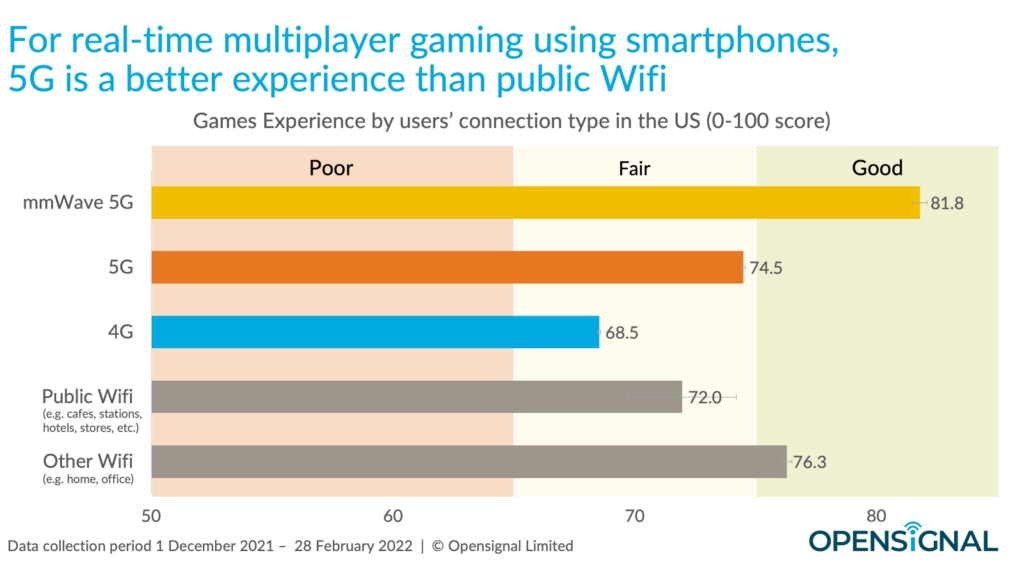By Steve Rumsby, Spirent Communications
When is a standard not a standard? This is a technical rather than metaphysical question, though the answer has implications well beyond technology.
In the communications business, waiting for a formal technical standard to publish can seem like forever. As a result, industry groups develop their own interim standards to get products to market sooner. 800 Gb/sec Ethernet is no exception, especially given the anticipated effect that AI will have on networks. That effect was apparent at OFC 2024.
Published in March 2024, IEEE 802.3df-2024 formally defines 800 Gb/sec Ethernet. Contrast that with the ETC’s (Ethernet Technology Consortium) 800G Specification, which went through a process similar to a multi-source agreement. After a shorter review process, the ETC 800G emerged from a smaller group of industry stakeholders. Over the last several years, it served as the industry template for companies designing 800G Ethernet components.
It’s not unusual for equipment makers to use interim specifications while waiting on formal standards. Companies face immense pressure from their customers and competition to quickly bring new capabilities to the market, even while proposed standards remain under review. Everyone acknowledges that once a formal standard is codified, it becomes the industry baseline. Products using interim specifications must be revalidated to claim compliance if not re-engineered.
The good news for those building and using components based on ETC 800G is that 802.3df is very similar, with relatively minor modifications. What will that mean for existing 800G products? We’re about to find out. One thing is clear: the race to deliver the first standards-compliant 800G Ethernet solutions is on.
The road to 800G Ethernet
Even as 400G Ethernet adoption continues to grow, in the world’s biggest data centers, the 800G Era has officially begun. It’s now just a matter of time before service providers and other large network operators follow suit. It’s happening more quickly than expected, and explosive growth in next-generation applications — especially artificial intelligence (AI) — is the biggest reason.
As seemingly every business races to incorporate AI into its operations, hyperscale data center operators are struggling to keep up. Many are investing billions into back-end AI infrastructures connecting thousands of graphics processing units (GPUs) and other hardware accelerators. These networks must support 5x more traffic and 5x higher bandwidth per accelerator than typical front-end access networks, and according to Dell’Oro Group, they’re growing 4x larger every two years.
In this context, it’s easy to understand the urgency for 800G Ethernet. Formal standards work for 802.3df actually proceeded more quickly than expected, reaching final approval four months ahead of schedule. Given such explosive demand, it’s no mystery why network equipment and component manufacturers wanted to move more quickly and why ETC raced to meet this need.
What is 802.3df?
The new 800G Ethernet standard draws on input from data center operators, component manufacturers, and others who came together for the IEEE P802.3df Task Force. Given the broad industry acceptance of eight-lane electrical and optical links and the 100G signaling mechanisms defined in previous standards, the task force had a foundation for their work.

Figure 1. 800G Ethernet has its roots in previous standards starting with 100G.
Final approval of 802.3df clears the way for broad interoperability across the next generation of 800G transceivers, cables, chipsets, and networking equipment. This is welcome news for large network operators investing in next-generation infrastructures.
Standard deviations
-

Figure 2. The Auto-Negotiation and Link-Training process gets transmitters and receivers to agree on a data rate.
Physical-layer Auto-Negotiation procedures: Auto-Negotiation and link training (AN/LT) procedures start with the ability of link partners to broadcast and recognize shared modes of operation.
- Link training seeding: 3df also updates link training procedures to include new seeding for different lanes.
- Physical Coding Sublayer (PCS) to Physical Medium Attachment (PMA) lane mapping: In another modification to improve noise immunity, 3df also uses a different mapping of PCS lanes to physical and electrical lanes.

Figure 3. PCS to PMA Lane Mapping comparison of 802.3df and 800G ETC show their differences.
Looking ahead
Networking technology never stands still, nor do standards bodies. IEEE is now working on the next Ethernet update, 802.3dj, which will use 200G lanes to facilitate 1.6T transmission, supporting even greater bandwidth demands more cost-effectively.
Like all new standards, 800G Ethernet enables a new market. With it comes a narrow window for companies to make gains on competitors — provided they can get to market first. This puts manufacturers in a race against time to release 802.3df-compliant components. That makes testing more essential than ever.
Steve Rumsby is Senior Director of Architecture & Platform for Spirent’s Automated Test & Assurance business unit. He has over three decades of architecture and design leadership experience in the telecommunication industry. Steve holds an MS in Electrical Engineering from Rutgers University.



